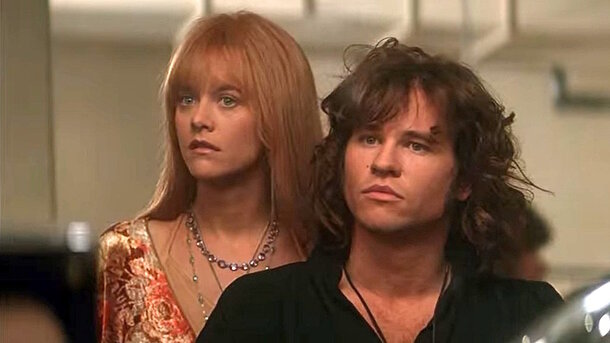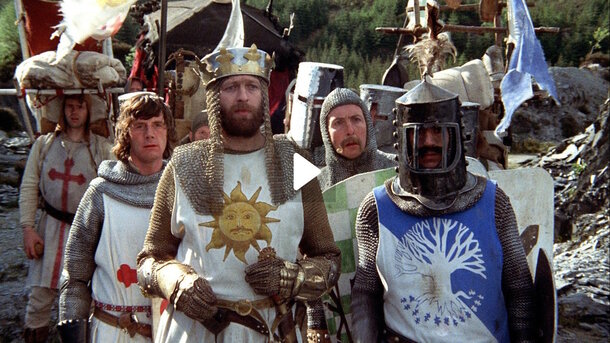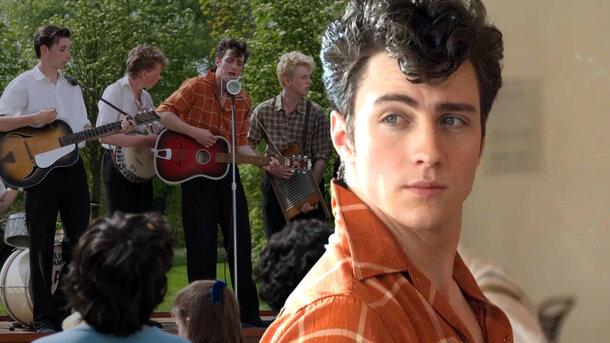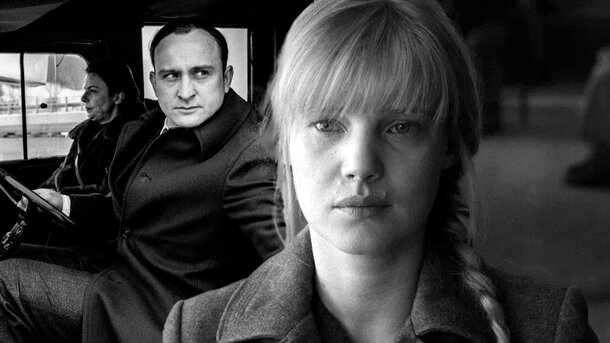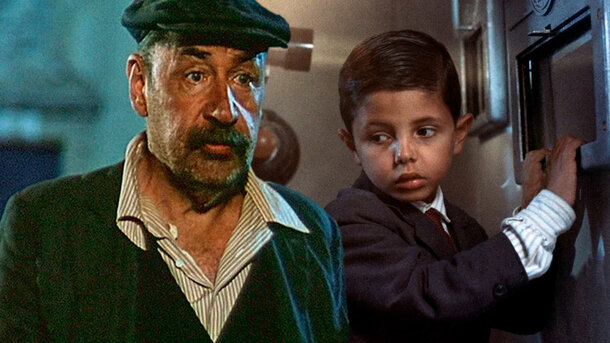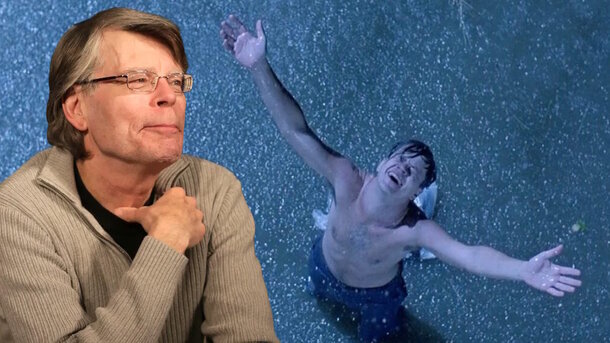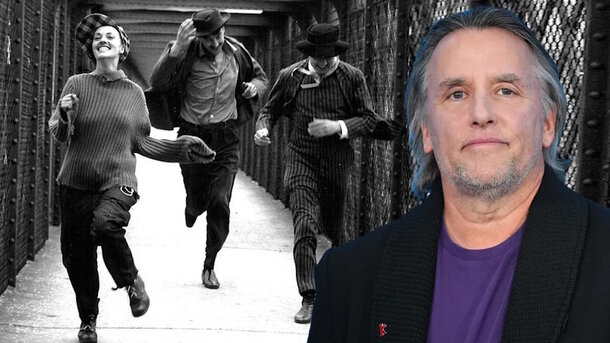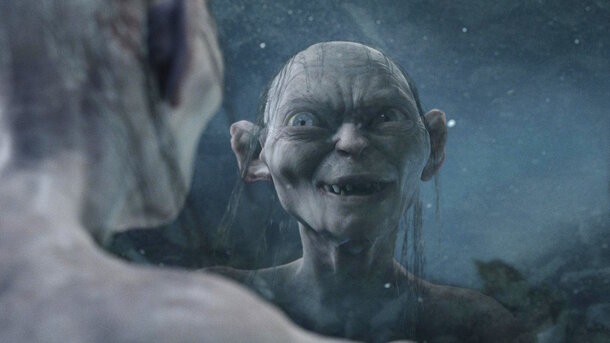Sex, Psychedelia, and Stone’s Spellbinding Lens
Let me tell you, I wasn’t ready for how The Doors would hit me like a swirling trip through fire and fog. This isn’t your standard rock biopic — it’s more of a cinematic séance. Directed by Oliver Stone with his signature hallucinogenic flair, the film dives headfirst into the untamed spirit of Jim Morrison, blurring the lines between genius and madness. Whether you're a lifelong fan of The Doors or just curious about the myth behind the man, there’s no denying the film’s hypnotic grip.
Plot Overview: Breaking On Through to the Other Side
Stone doesn’t spoon-feed a clean narrative. Instead, he crafts an experience — a journey through Morrison’s mind and mayhem, from his art school days in LA to the chaos of sold-out shows, substance abuse, and eventual spiritual disintegration. It’s less about what happens and more about how it feels. And trust me, it feels like a fever dream drenched in leather, absinthe, and poetry.
Director’s Vision: Provocation Over Precision
Oliver Stone doesn’t just direct — he provokes. His lens turns Morrison into a shamanic figure, a Dionysian rebel blazing trails in America’s cultural revolution. The storytelling isn’t strictly factual, and Stone faced backlash for his surrealist departures from reality. But you can’t deny the commitment to atmosphere — every frame pulses with the ache of artistic yearning and the threat of total self-destruction.
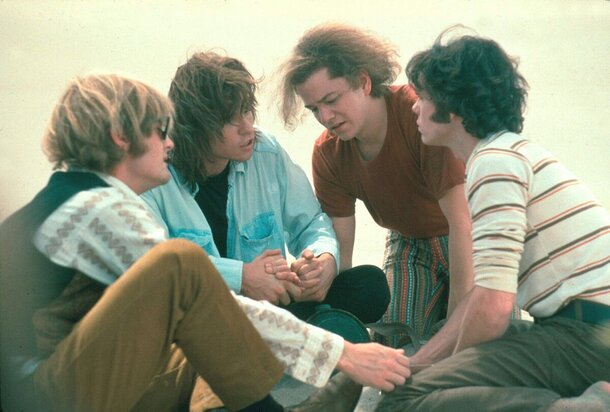
Val Kilmer: Possessed or Perfect?
This is Val Kilmer’s magnum opus, no question. He becomes Morrison — so convincingly that even surviving members of The Doors were momentarily fooled by the vocals. Kilmer doesn’t play Morrison; he channels him. It’s raw, reckless, and magnetic. Meg Ryan offers a jarring counterbalance as Pamela Courson — more fragile muse than fully-formed partner — but her presence is haunting in its own right.
Cinematography & Sound: A Living Album
Robert Richardson’s cinematography feels drenched in heat, smoke, and acid light. Concert scenes are a chaotic waltz of colour and sound, while quiet moments turn eerie and intimate. Add in the iconic soundtrack — Light My Fire, The End, People Are Strange — and you've got a film that bleeds sonic brilliance. It’s like watching a vinyl record spin itself into flames.
Audience Reactions: USA vs. UK
In the US, The Doors received mixed reviews upon release. Some found it too indulgent, too wild. Critics accused it of glorifying Morrison’s darker urges rather than exploring them with nuance. Meanwhile, British audiences were a bit more forgiving of the myth-making. In the UK, the film developed a cult following among music lovers and cinema buffs alike — appreciated not for its accuracy, but for its mood, aesthetic, and emotional wallop. It plays like a visual poem, and Brit audiences tend to embrace that sort of storytelling with less resistance.
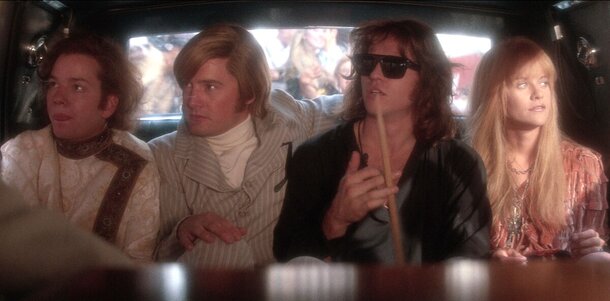
Final Verdict: Fire Walk with Him
The Doors is not a biography — it’s a hallucinatory dive into one of rock’s most enigmatic figures. If you want straight facts, read a book. But if you’re open to being rattled, seduced, and swept into the whirlwind of late-60s rebellion, this film absolutely delivers.
